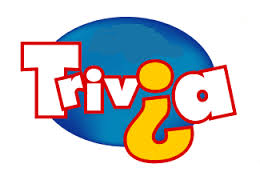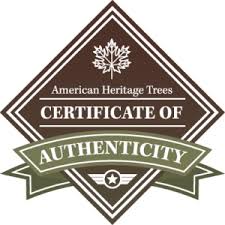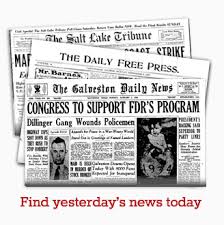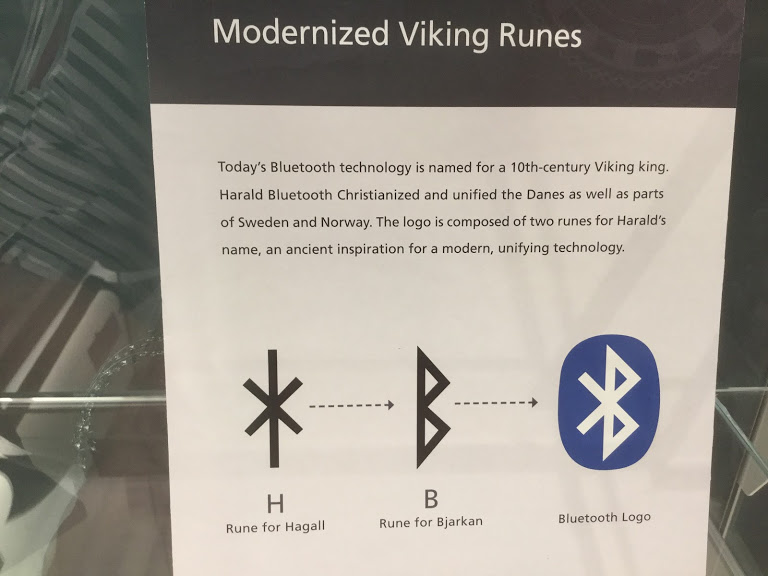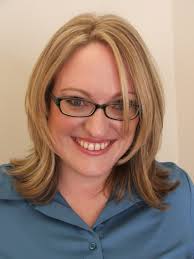Did an ancestor graduate from a Normal School? With a teaching degree or certificate?
Smithsonian Magazine, J/F 2019, provided this explanation: “Thank France; the phrase is derived from “ecole normale” which was used for institutions designed to instill standards of pedagogy and curriculum in teachers-to-be. America’s first state-sponsored normal school opened in Massachusetts in 1839. By the 1930’s most normal schools were calling themselves “teachers colleges.’
Near Spokane, Eastern Washington University began as Cheney Normal School. My mother-in-law graduated from Cheney Normal School in 1930 and at age 17 was sent out to teach English.
Cheryl Elder of Cheney was searching for more information on her great-aunt who attend this school in 1919. Charles V. Mutschler, PhD at EWU, answered her. (He is recently deceased.) His 2015 reply to her gives a good picture of what the curriculum was like:
“I have search the
records we have, and only found one entry for Alice Elder of Garfield,
Washington attending during the summer session of 1919. The entry is on
page 89 of the 1920-1921 catalog, in the list of students for the Summer, 1919
term. The catalog carried a list of students for the previous year
(occasionally previous two years) and a list of graduates, and the type of
certificate they had received. I checked the catalogs for 1916/17 through
1927/28 and only found the one entry. The course of study at the normal
schools in 1918 was a two-year curriculum leading to a teaching certificate
which allowed the person to teach in what were called “the common schools,”
meaning grades 1-8. A teacher could continue her education and upgrade
her certificate to what was called a Life Certificate by completing additional
course work. Many teachers did this, and often these women were the
majority of the students enrolled in the summer term. From 1923 through
1971 there was a yearbook, published each spring, called Kinnikinick. The
Kinnikinicks are nearly all on line at our digital commons site, but I have not
attempted to search those, as they are readily available to you. Go
to: dc/ewu.edu/yearbooks and you should be able to reach them.
Now you know more than before about your ancestor’s attendance at a Normal School.
